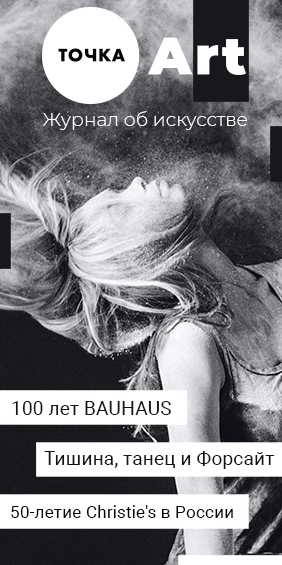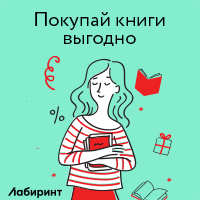«The Time Of Utopia»: Lyubov Pchelkina Talks About the «Avant-garde. List № 1» exhibition in the Tretyakov gallery
Both in the opinion of visitors and art critics, Avanе-garde. List № 1 has become one of the most interesting and unexpected exhibition projects of the year. The exhibition is truly unique: dedicated to the Museum of Pictorial Culture 100th anniversary, it does not only presents paintings by Russian avant-garde of the beginning of the XXth century. In the Tretyakov gallery space located on Krymsky Val were recreated the halls of the Museum of Pictorial Culture were recreated in detail. The catalog dedicated to the exhibition represents information which was mostly unknown: all the data about works and archival materials was published for the first time. Many works were verified and attributed.
Editor-in-chief of ART.Point magazine Kristina Malaya met Lyubov Pchelkina, the exhibition curator and the senior researcher at the Tretyakov gallery, to dicsuss the phenomenon of the early twentieth century — the Museum of Pictorial Culture.
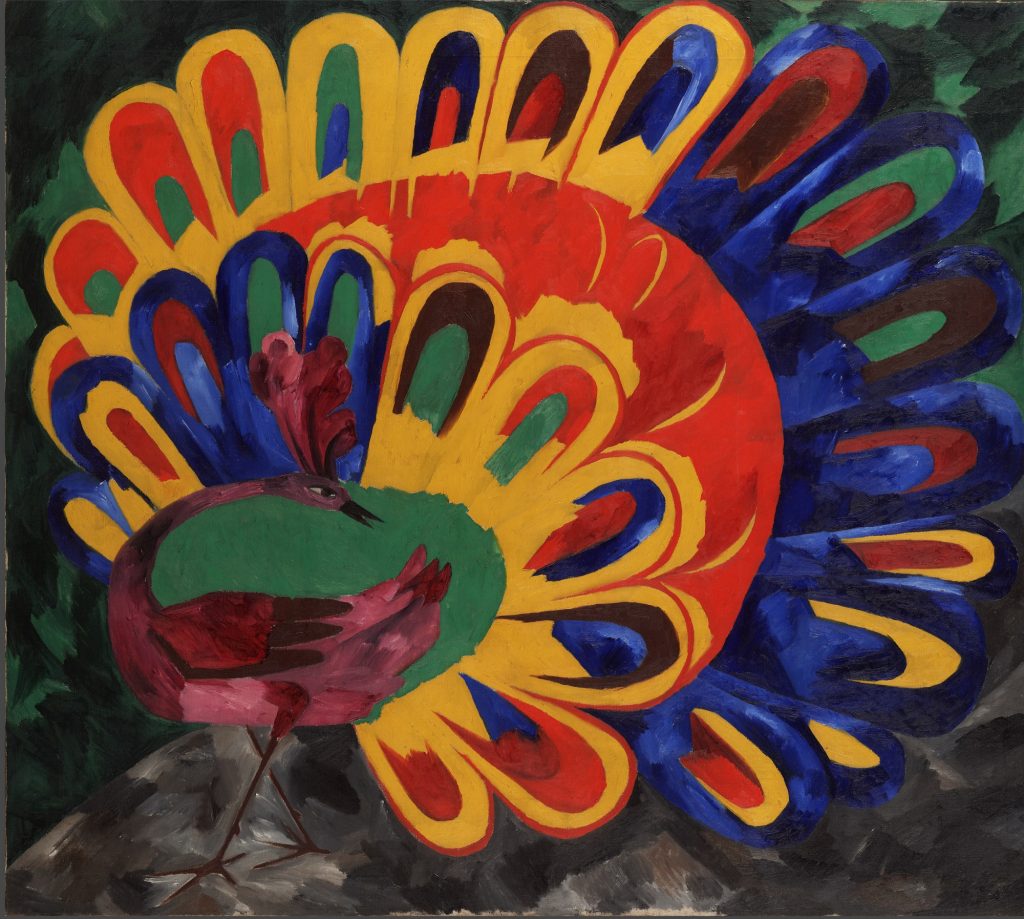
Kristina Malaya: I want to start our conversation not by a question, but by honest admiration of yours great work, of the research you have done. It is fully reflected by not only the exhibition, but also by the catalog. I was truly amazed when opened it!
Lyubov Pchelkina: Thanks a lot. Yes, we had to take this topic seriously, and it turned out to be a whole research project, not just an avant-garde exhibition. At some point, we realised we would have to go beyond all the stereotypes. Now, it is more common to make exhibition albums, so that people enjoy flipping through them and see large beautiful pictures. In our case, everything turns out a little differently.
K.M.: I see huge interest in the exhibition not only among specialists, but also among visitors…
L.P.: At first, everyone, surely, went to Polenov, due to the fact that it is the main exhibition of the 60th Hall on Krymsky Val. But then the queue emerged at the avant-garde! It was hard to imagine that this could happen at all. At the Museum councils, when I asked how we would calculate how many people would come to our exhibition, there was an opinion that we would have one common ticket to the exhibition, so ‘maybe somebody will come to see the avant-garde’. We were given to understand that there will not be a separate queue. Then everyone, including us, was surprised to see that people enjoy such exhibitions where you need to read a lot, delve into the logic, understand why it was built this way and not otherwise, and follow the context.
K.M.: Tell us please about the Museum of Pictorial Culture a little — as you correctly noted, even professionals may do not remember it now.
L.P.: The Museum of Pictorial Culture always remembered when studying the avant-garde in more detail. Before us, of course, it was spoken about, but the main thing that we opened was the first state Museum in the world based on such topic. The British Tate gallery began collecting art around this time, but with private donations. The New York Museum Of Modern Art (MoMA) was opened when MoPC have already ended its’ history. So in the matter of creating the state collection of contemporary art, we were ahead. Although the country at that time was in a state between wars — there were the devastation and the famine — the idea of creating an art museum with public money looks all the more contrasting when there is practically no money at all. This means that people understood that: proclaiming a new system, it has to be fully controlled in terms of culture and the new aesthetic. It has to be made up with something that would distinguish it from previous eras. New country meant to have new system, new culture, new art — new everything! It was the time of utopia.
Interestingly, although we call these ideas utopian, this one was mostly implemented. The Museum was conceived as a collection of young contemporary artists constantly looking for inspiration, experimenting. There even was no such a word — ‘avant- garde’! They did not call themselves avant-garde. They did not create an avant-garde Museum, but the Museum of Pictorial Culture or a Museum of Modern Art. It is also surprising that the artists came together with the new government not because of political beliefs, but due to their enthusiasm for creating a new life.
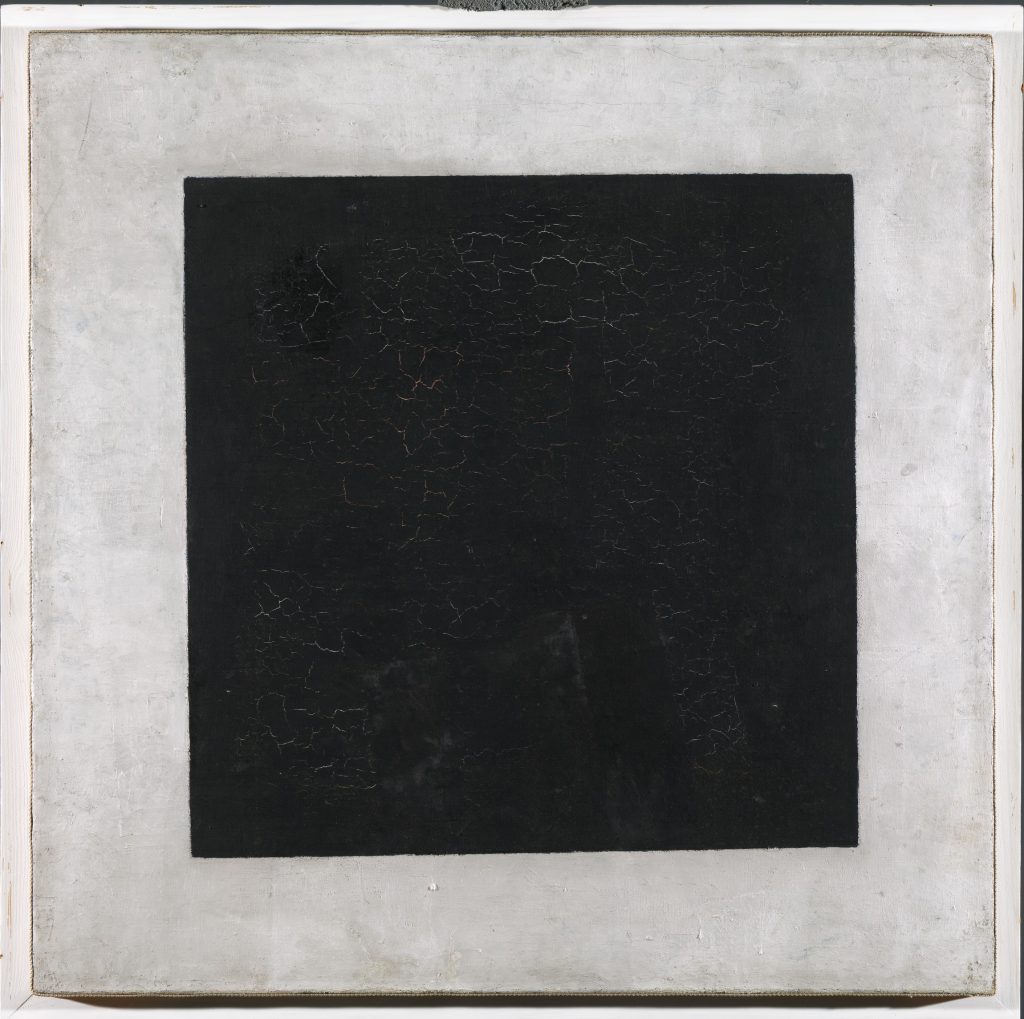
Despite the fact that Malevich’s ‘Black square’ was created in 1915 and Kandinsky’s ‘Compositions’ even earlier, I. Klyun, L. Popova, A. Rodchenko and many others were actively working — so we can say that the entire Russian avant-garde has already taken place, but still it is not yet recognised. Let’s remember that before 1918, the avant-gardists were not included in any commissions, their work were not admired by public — for them it was not clear why they should have such a strange ‘art’ at home. And these artists chose the opportunity to convey their idea of painting to people, they have clearly understood that a new language of art was needed.
Suddenly they were offered to made this new language as the state language. It became as the symbol of the new time! You can imagine how it felt like. And it’s a unique case when artists were not just given the money to create the museum and the permission to control all the process. They selected paintings for the exhibitions, bought art-objects, they almost all went to work to the State Department of Fine Arts and solved lots of issues related to culture.
By the way, about the exhibits: we stopped literally shocked by understanding how their principles of hanging differs from the traditional museum rules. Despite the fact that we consider ourselves to be modern, we were hardly able to match their ‘modern’ view. Our experienced employees said that we would never hang Kandinsky in the same room with Malevich. Then they hanged — and nothing! It seemed clear why they placed everything this irrational way! In some places, where we were able to repeat the placing order, you can immediately see that the artist who hung represented it very well what he wanted to say. When the paintings were still on the floor, it seemed like a nightmare, and as soon as they were hung them up, every idea became clear immediately, so fresh and in extraordinary. The most beautiful thing is that we can implement them even today.
The Museum of Pictorial Culture was originally created to reject all traditional views not only on art, but also on the principles of acquisition. It was created not only as a platform to exhibit the new art, but also as a museum-laboratory, as a scientific institute. It is symbolic that in the early 1920s, when the Museum was only being formed, the individual view of the every avant-garde artist was welcomed, and by the end of 1929, this was no longer officially welcomed. The time of ‘collective art’ comes, in 1932, when the Union of Artists appears, mass mind was widely common. For those who created MoPC, this approach does not work: it is deeply archaic, it seems vulgar, because art should serve not only to please our subjective ideas about beauty, but first of all — the development of society, of every man, and so we need to search for new ways, and young people are needed to explain these new ways and they need to be taught to create their special view.
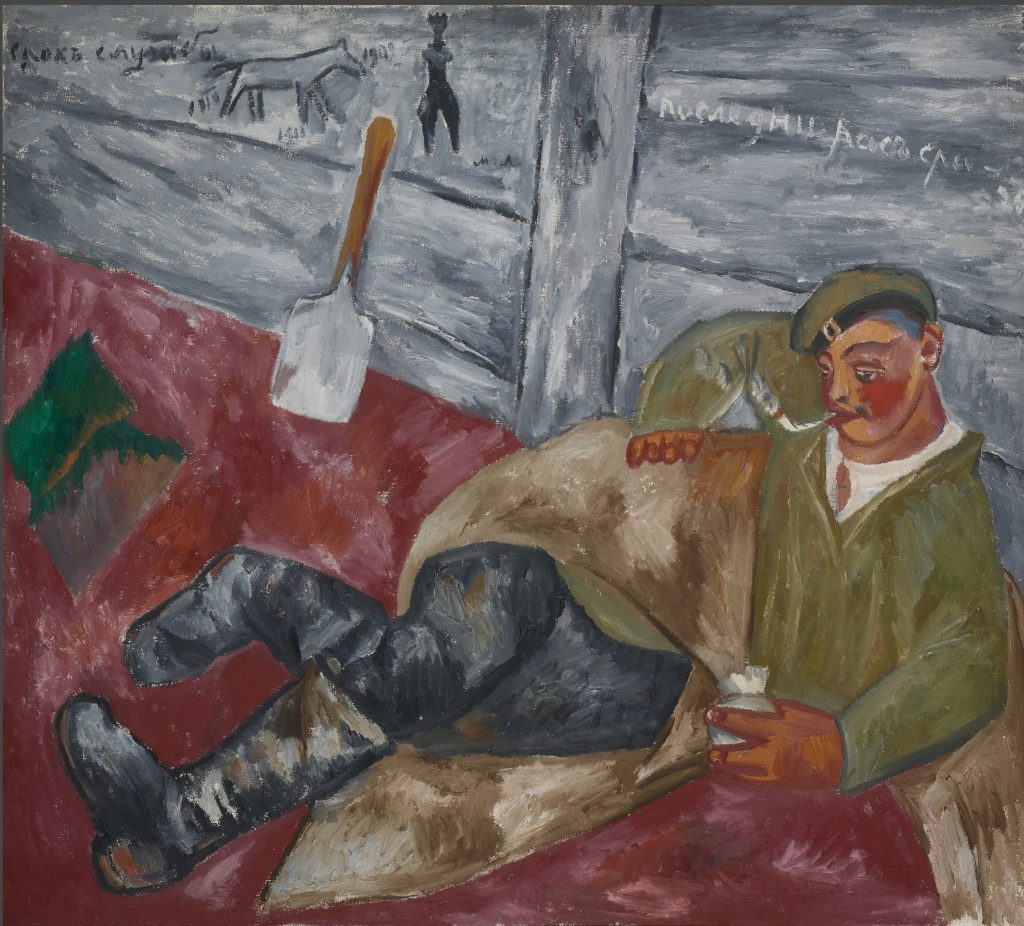
The artists were exactly like this young people. For example, Solomon Nikritin is one of those who learned from Malevich, Tatlin and Kandinsky. He ran an analytical office of the museum, and he had a group called ‘Method’. It is also not well-known, but it included Luchishkin, Redko, Plaksin, Tryaskin, Tyshler — most of them later became members of the OST. They had the slogan: ‘An artist is not a producer of consumer items (of a cabinet or a painting), but a producer of individual projections (of a method)’. They saw the artist as a personality, based not only on the way he uses a brush, but on his entire brain, on his knowledge. Their idol was Leonardo Da Vinci, who was essentially a ‘broad-profile’ scientist and an artist-inventor. Not all of his ideas were tenacious, and not all of them were time-tested, but this very moment of invention is very important.
Therefore, the next, extremely interesting moment of the museum’s history is how the exhibits were selected. Why the Museum is not a ‘modern art museum’, but a Museum of Pictorial Culture? At the Petrograd Conference in 1919, this new criterion of the works’ selection was essentially formulated. The new pictorial culture is a culture of creative invention!
This was the first time in history of art when the principle of innovation became the criterion. Not the quantity of exhibitions you have had and what rewards you received or what is your inner circle. It was not based on what social status you have, but on what you have brought new to the art: new material, a new way of interacting with material, a new texture or your own innovative style, a method or a new theory, the new philosophy. Only this circumstances affected on ‘new’ artist could already claim to get into the Museum.
So it came out a lot artists, then still completely unknown, who may have just left the walls of their studios. However, they showed a young, sharp mind and proved that what they do is interesting, and something can come out of it later. When we had lists that are not limited to even a few dozen works (in the first three years alone, the Museum of Pictorial Culture purchased about 3,000 items of storage!), we were very surprised by the number of names!
The Museum was conceived as part of a very large project, and in the documents of those years it was listed as a big museum network. This is understandable: culture cannot be created in one particular place, in a museum or in a city. There was a branch in Petrograd, and it was called The Museum of Art culture — this was done so that its’ name differed from Moscow. We sorted all the works that were purchased at that time by the geographical feature and found out that in the first years about 30 branches of the Museum were created throughout the country. From Ufa to Rostov.
Many paintings were transported by trains, carts, and steamboats along the Volga — along this river route there were quite a lot of museums that now exhibit works made by avant-garde artists. 135 works were selected for the first exhibition of the Moscow Museum of Pictorial Art. The Museum stuck to this figure because it never had a large exhibition space. The Museum had three addresses in total. There was supposed to be a fourth one, but it did not take place, and nationalised residential premises were always given to the exposition. As a rule, it was an apartment with a suite of rooms, and the creators of the Museum simply removed the doors and thus made an exhibition. During the reconstruction process, we recreated these rooms, not the halls. That’s why everything is so cozy at the exhibition: everything is calculated proportionally and organically, and the visitor feels as comfortable as possible.
The Museum carried out a lot of work in different directions-to create an exhibition and enlightenment. ‘Explanatory lectures’ and ‘explanatory tours’ were specially developed because the new visitor was needed to explain why this ‘art’ is now placed in the Museum. Moreover, it was necessary to explain why it is now considered advanced and proletarian art. Bakushinsky himself developed excursions. All specialists of artists were involved — Popov, Stepanov, Drevin, Klyun and others. When Malevich came from Petrograd, he also led the excursions. There were many interesting thematic lectures that were very popular. We all know this for sure, because since 1924 the Museum became a branch of the Tretyakov gallery, and the creators of the Museum of Pictorial Culture were required to write detailed reports. Fortunately, we still have these reports. They provide information in numbers and names: how much, when, what has been done, and what was planned.
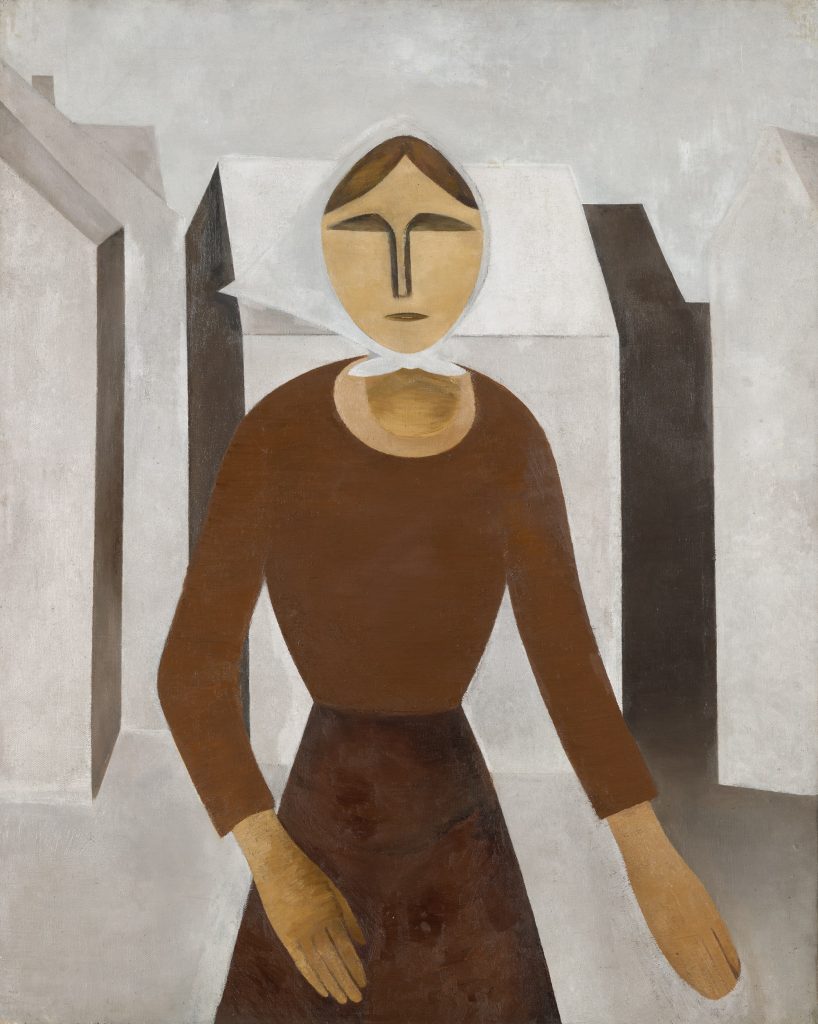
This archive helped us a lot in our work, because when the Museum closed in 1929, the entire museum collection was moved to the Tretyakov gallery. Actually, this is what started the acquisition of our modern collection of avant-garde. The second such receipt, comparable in scale, was a gift from G. D. Kostaki (editor’s note: we wrote about it here).
Three years ago, when we started creating the exhibition, we could not even imagine what would happen in the end. We didn’t think what exactly it would lead to. We didn’t immediately realise that we could reconstruct the space. Our initial task was to understand how everything was arranged in the Narkompros, how the Museum was built there, what its goals and objectives were. Many of the paintings we could not get: they were already engaged for foreign exhibitions, and others disappeared for various reasons — either died during the war, or were ordered to destroy formalist art, or were given out for temporary use from the gallery and were not returned. This has also happened. Checking the archives, we understood what works we no longer have, and all this is reflected in the catalog. In 1929, the Tretyakov gallery gave a lot of the Museum’s items to regional museums. Recently I received a letter from Tyumen — they found several more paintings from the Museum’s lists-so the research work continues, and museums are still discovering new attributions and paintings. The exhibition is underway, but there is still a lot of work to do.
A whole room is dedicated to lists #7-12, which describe works that ‘have no artistic or Museum value’. The documents indicate that the graphics were collected for liquidation. But as it turned out, not all of them were destroyed and thrown away. It was in Zagorsk, where all the art was stored until the best of times, where most of the works were taken. Then there were works that depicted repressed members of the government. Later, many museums went there and what they had long wanted to have in their collections. Something got into ROSIZO, and we took from there, for example, the graphics of O. Rozanova.
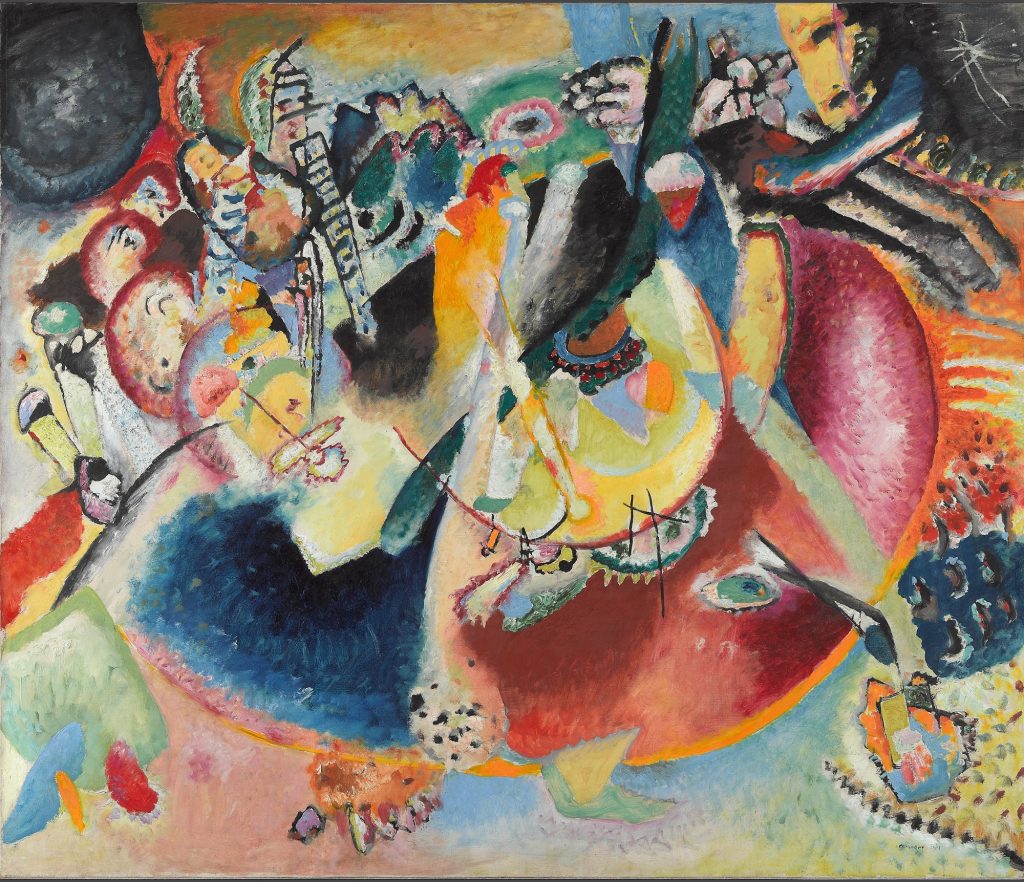
The liquidation of 1929 happened not because the avant-garde was already liquidated, but because there were too many works of different levels in those years. A special commission decided to leave only the first row of works. Now we understand how different these things are, and that absolutely all works have value. We rediscovered, for example, several paintings by Rozanova and Chekrygin, because one of the lists was miraculously preserved. ‘Illiquid works’ have lay in the archive for almost 90 years, and thanks to this, the artist Rozanova, who lost her authorship, and passed us as an unknown artist, was only correctly attributed the year before last.
We were also interested in working with museums that changed the attribution of the painting in the course of history: the author they have appeared, which is not listed, the name of the picture was wrong. When we refute attribution, it takes quite a long time for museums to change it, given all our documents and expertise. So some works from regional museums turned, on the contrary, from author’s canvases to paintings by an ‘unknown artist’. However, this is still more honest to historical facts.
We are very happy that the Ludwig Museum in Cologne and The British Tate Gallery agreed to give us two works by Malevich from the Museum of Pictorial Culture. The Museum received these works legally, but the Tate gallery at the time received them a completely strange way. In 1972, ‘Dynamic Suprematism No. 38’ was presented to a friend of the Soviet government, Armand Hammer, at the initiative of the Minister of culture, E. Furtseva, as a gesture. Hammer gave the Hermitage a portrait by Goya, which we did not have in our country at that time. Then Furtseva suddenly decided ‘why shouldn’t Hammer have a Malevich in his collection that he doesn’t have now?’.
But he apparently did not intend to continue collecting Malevich, because in 1978 the work became part of the collection of the Ludwig Museum in Cologne. Another work, the «Dynamic Suprematism No. 57», was issued in 1975 by order of the Central Committee of the Party, according to which the Ministry of culture had to urgently find the work of Malevich of this period. They rushed to look for them, and they came to the Russian Museum in St. Petersburg, but Pushkarev, the director of the Museum, hid Malevich’s works. These works were on temporary numbers, so they were not in the official register of the Museum. As a result, the Commission came back to the Tretyakov Gallery. According to the documents, we found out that this work by Malevich was eventually taken by a special military unit, and he was handed over to an unknown person. We found some documents, historical photos, and show inventory books at the exhibition, where Malevich is listed and our registration numbers are recorded, which, of course, are still in the picture. The work surfaced only in 1978: the painting was acquired by the Tate Gallery through the firm. We are glad that at our exhibition these two works met in their original neighbourhood with other works by Malevich.
In General, the exhibition turned out to have many unknown aspects, many questions remained for future researchers, but the main thing for us is that we discovered this context and identified problems. We have counted everything and now we know a lot: where and what is located, what was lost or lost, under what circumstances.
K.M.: Yes, it’s such a huge work. How did the idea of reconstructing the Museum of Pictorial Culture’s exposition come about? After all, it was possible to approach the construction of the exhibition in different ways.
L.P.: We didn’t come up with this idea right away. But they understood that they had to come up with an original move. After all, before that, in 2018 in Moscow there was an exhibition organised by Andrey Dmitrievich Sarabyanov, ‘Avant-garde on demand’. In fact, he has already revealed part of our theme, showing the works that were in our museums from the Museum Bureau and the Museum of Pictorial Culture. Thus, our task was not to repeat the principle of this exhibition. Very soon it became clear that we want to tell the story not of this very global project — the Museum of Pictorial Culture — but at least the fate of our Moscow branch of the Museum. I wasn’t sure that we had all the necessary materials for reconstruction, but gradually the overall picture of the exhibition was formed.
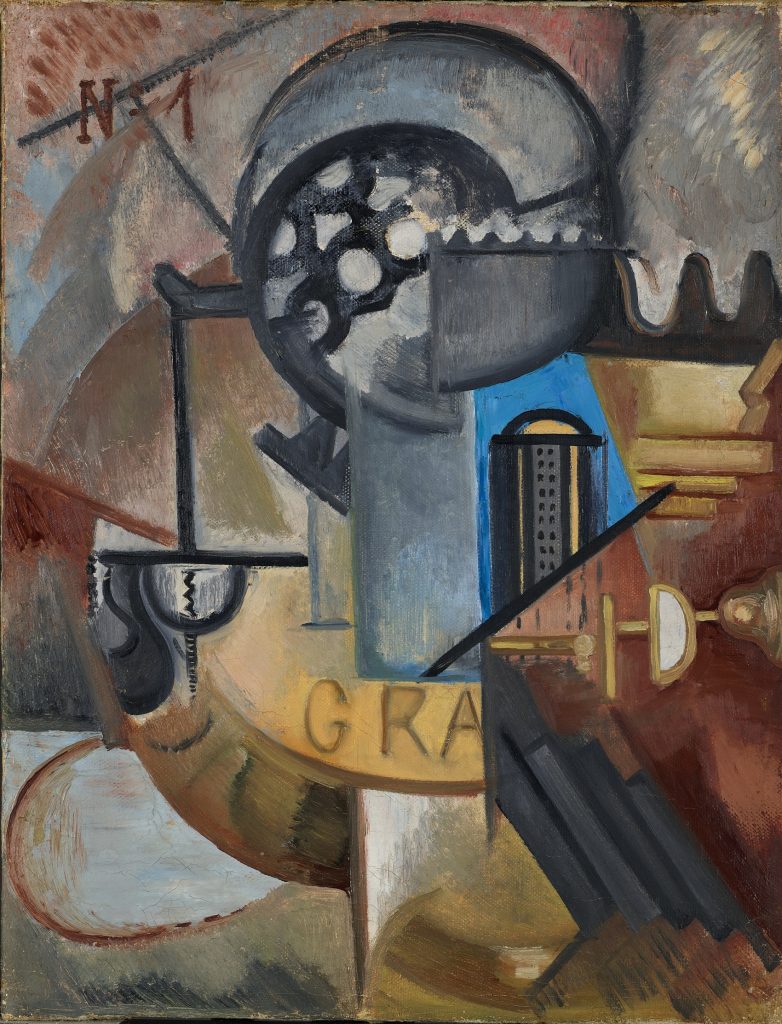
We have at least one photo of each hall, and we have also studied the guidebooks. The Museum was extremely popular in the mid-1920s, especially among foreign tourists. Guide to Moscow and sights 1925-1926 was published in Russia and abroad. Its compiler seems to have gone through all the museums, in particular the Museum of Pictorial Culture, and described all the halls in sufficient detail. We must not forget that at that time it was also a difficult time, and the documentation was peculiar. For example, we were very surprised that the painting by Malevich was not included in the main list of exhibits at all, it is attributed in the margins of the document! There was also a funny story connected with Rozanova. On the back of her still life, which we knew as «Metronome», is written «N. M. alarm Clock», but illegible. One of our employees even took it for a surname. That is, he took N. M. for initials, and the alarm clock For a surname. We already knew that it was customary to put the letters NM before the name of a still life. Sort out. They began to find out whether the picture still has an alarm clock or a metronome? Here the knowledge of musical terms came in handy: I read the inscriptions in the composition of the picture — andante, achellerando, the names of the musical tempo… It is obvious that the metronome! We looked at the lists of works of personal exhibitions, but there is not a single «alarm clock», but two names «metronome». We decided that the person who took inventory just wrote what he thought. So he fixed this «alarm clock» in all the documents. And do not ask the author — in 1919, when the works were purchased in the Museum, Rozanova was no longer alive!
While working on the exhibition, on the one hand, very large — scale issues were revealed and studied, and on the other-some simple, everyday details were studied, which helped with attribution of not only our works, but also works that had to be studied from almost fifty different regions. Some museums for the first time took out paintings that were in their storerooms. We also helped them with attribution. And they did a great job, they managed to reissue the documents in time, so that the works were listed and came to the exhibition with corrected data! After all, according to the rules, even if all experts know that the works of, for example, Morgunov are exhibited, but this work exists in the regional Museum under a different name, we are obliged to indicate everything according to the documents of the Museum owner — both in the catalog and on the label.
K. M.: It seems to me that many museums now often have the lack of a scientific approach to work on exhibitions. They just collect works to their taste, somehow hang up, make an album and that’s it. And seeing the colossal, huge work that you have done, I can’t even imagine how you did it!
L.P.: Yes, it’s true, but different exhibitions still have different goals and objectives. We now also have no idea how it all turned out for us… It took us three years of life, without exaggeration! After the opening, an international scientific conference was already held (which we also organised ourselves). Researchers came to us even from far away — from Khabarovsk, Tyumen, Kiev, New York, Berlin and other cities. They discussed art and shared their findings with us. Now we understand that theresult of such work is our common data bank, a database that is very necessary for specialists.
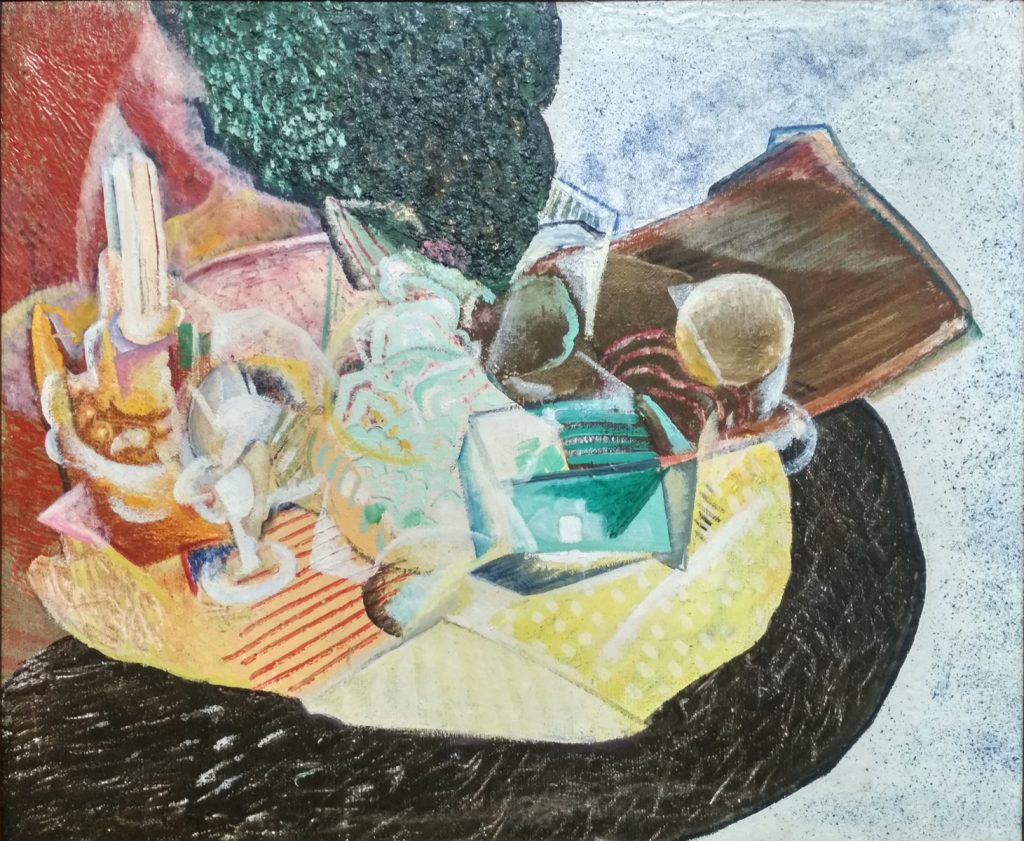
In general, regional museums were wary at first, we did not just apply for work for the exhibition, as is usually the case: send us, for example, all of Shishkin works, and we will choose what to exhibit. The strategy was different — here we have a list from 1929 to 1931, this and this have gone from us to you, have you got this artwork now? Then there is a completely different reaction — the museums did not know what to expect from us, what we want to catch them in or if we want to get something back. I had to reassure them: don’t worry, no one will take anything away from you, let’s restore the history of your work together.
Now we are almost finished, but still we receive the letter with the explanations: for example, how work went to the evacuation and the boxes fell into the Black sea, and indeed, it seems that thus killed work by Rozhdestvensky, and Goncharova works are the same… So we found out that Kuprin’s ‘Easter still -ife’ was first in the Russian Museum, then the work was given to Novgorod, where it was not preserved… Probably it was destroyed in the 40s, because not only was the author Kuprin, so the picture was also a huge Easter still-life! While working on the exhibition, we came into contact with all the details of this difficult ‘era’ of the late 1910s and early 1920s. We are very grateful to our Museum curators. There was so much work that the entire museum was involved: all the restoration departments, the department of comprehensive research, and experts conducted attribution tips with us!
K. M.: Please tell us about the Analytical room of the Museum of Pictorial Culture, because this is also a very interesting phenomenon, which is dedicated to a separate part of the exhibition.
L. P.: Yes, the Analytical Office of Solomon Nikritin is a special topic. Someone was astonished, someone — surprised, and someone was scared. This is a completely separate story. When creating the exhibition, it was as if we reconstructed the six rooms of the Museum in the form in which they were originally located, we did not even put the Museum light on. But our designer made the Analytical Cabinet as he saw it, and this solution was very modern. The office itself was very small: only two desks, and the accounting department was huddled in a corner! And the material they have developed remains huge, unique and relevant even today. It helps to understand how a new science of art was born, when artists tried to find a scientific meaning, a method of scientific research of painting. Not having any computers or any special devices that we now have, the work was carried out only with a pencil and ruler.
They planned, for example, to create a unique scientific base for students that would show the evolution of painting methods. They tried to understand the classics of painting from a scientific point of view. ‘Do you want to understand how the artist managed to make a color spot, such a perspective, such a light? That’s why there is a special grid, if you put it on the image, then everything can be calculated mathematically. Now these things are done in computer programs. And they did it manually. This means that they already had ideas with a given ‘program’ thinking.
That’s why the younger generation of the 1920s called Malevich ‘an academic relic of the past’. Although they all respected him, and at the same time thought — ‘well, square? Is it over?’. You can, of course, go to the factories, as constructivists advise, but no one canceled easel painting. We should not go back to ‘roses and cows; (as Malevich said), but develop new languages, art systems, new technologies, and a new philosophy of painting. And the ‘Method’ group, which I mentioned at the beginning of our conversation, was actually engaged in analytical art, they were moving towards the so-called new realism that corresponds to the present.
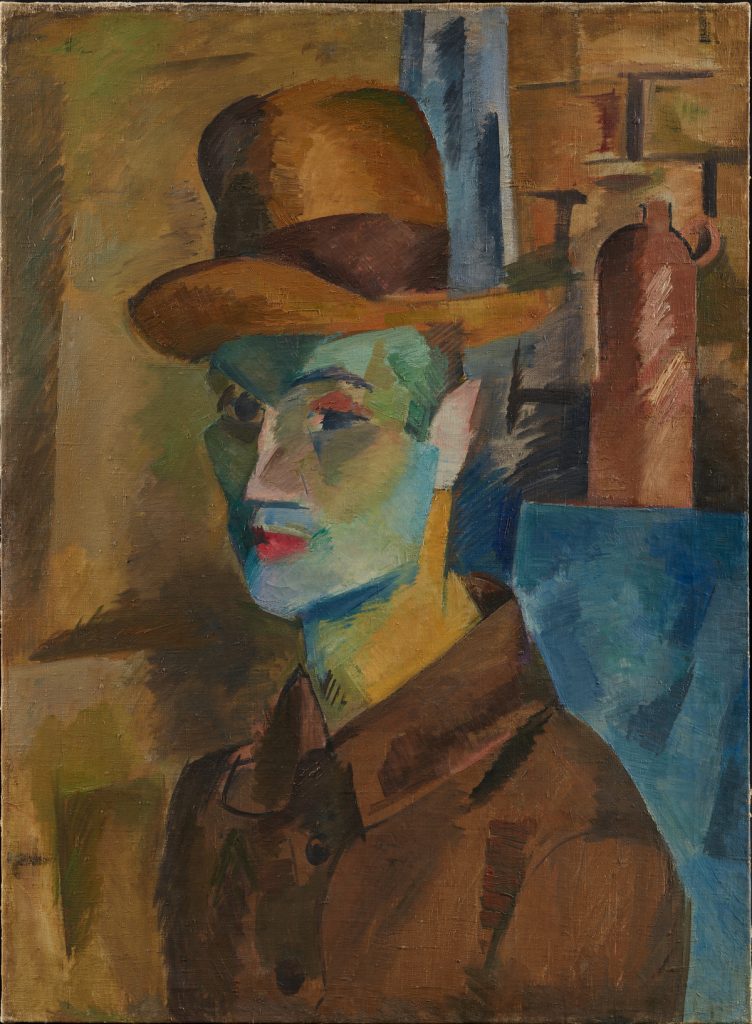
When the Museum of Pictorial Culture opened the first exhibition of the Analytical Cabinet’s works, a lot of viewers came, and the academic Council of the Museum decided to make the exhibition part of the main Museum exposition. The exhibition was a real dive into the backstage of the artist’s work — in the laboratory of modern painting, which anyone could get into. Explanatory texts were written in large letters to make it easy to read, and it was also possible to make an appointment with a specialist of the Analytical office, who answered all the questions of the audience. In many ways, this section of the exhibition was helped by the archive that Solomon Nikritin’s widow gave to the Tretyakov gallery back in the 1970s. We knew about it before, but it was only during the preparation of the exhibition that many of the materials were correlated with the Museum Analytical office.
It is important to note that despite all the innovative ideas of the avant-garde, none of the artists we are talking about has ever denied the art of the past. On the contrary, they all learned from the classics, but explained: we live today, now, and we need to learn modern art, not looking back, but breaking through further, forward. The masters of the past have said their word, we will not be the second Rembrandt, and imitating him is a passed stage for art, but to create a new pictorial language is a task worthy of a truly modern artist!
I must say that our exhibition was not only about the Museum of Pictorial Culture, but also about the fate of the avant-garde as a whole, about its stages. About the fate of the artists who created it, and the fate of their paintings. About different perceptions of the avant-garde, about how the state can influence the development of art and culture, and therefore the development of artistic thinking for generations. We hope it makes you think a lot!

